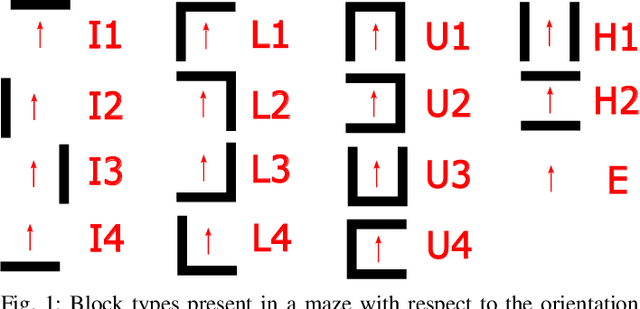H. P. Madushanka
Real-Time Remote Control via VR over Limited Wireless Connectivity
Jun 25, 2024Abstract:This work introduces a solution to enhance human-robot interaction over limited wireless connectivity. The goal is toenable remote control of a robot through a virtual reality (VR)interface, ensuring a smooth transition to autonomous mode in the event of connectivity loss. The VR interface provides accessto a dynamic 3D virtual map that undergoes continuous updatesusing real-time sensor data collected and transmitted by therobot. Furthermore, the robot monitors wireless connectivity and automatically switches to a autonomous mode in scenarios with limited connectivity. By integrating four key functionalities: real-time mapping, remote control through glasses VR, continuous monitoring of wireless connectivity, and autonomous navigation during limited connectivity, we achieve seamless end-to-end operation.
Maze Discovery using Multiple Robots via Federated Learning
Jun 25, 2024



Abstract:This work presents a use case of federated learning (FL) applied to discovering a maze with LiDAR sensors-equipped robots. Goal here is to train classification models to accurately identify the shapes of grid areas within two different square mazes made up with irregular shaped walls. Due to the use of different shapes for the walls, a classification model trained in one maze that captures its structure does not generalize for the other. This issue is resolved by adopting FL framework between the robots that explore only one maze so that the collective knowledge allows them to operate accurately in the unseen maze. This illustrates the effectiveness of FL in real-world applications in terms of enhancing classification accuracy and robustness in maze discovery tasks.
 Add to Chrome
Add to Chrome Add to Firefox
Add to Firefox Add to Edge
Add to Edge